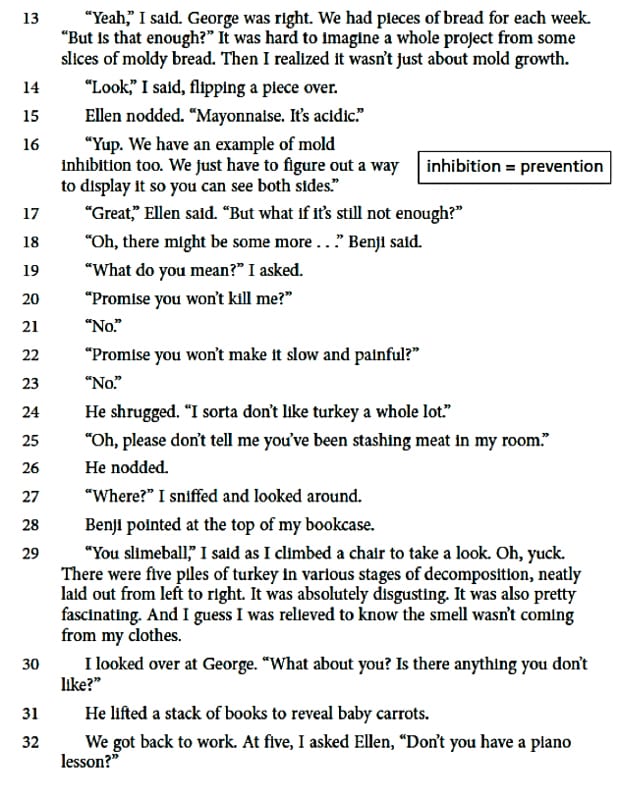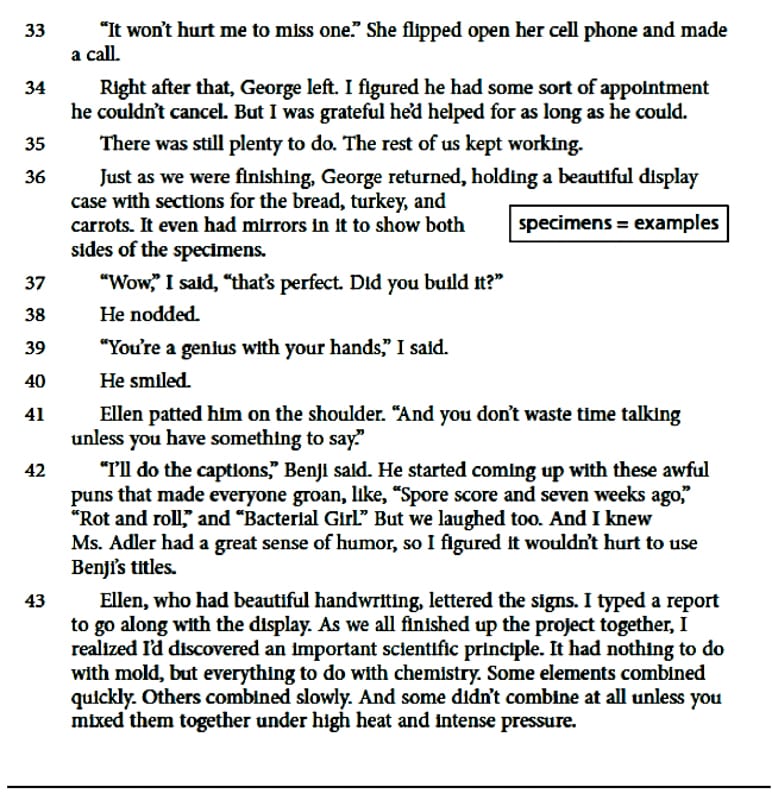by Fred Smith, retired administrative analyst with the New York City public school system, with Robin Jacobowitz, Director of Education Projects at the Benjamin Center.
Our recently reported research, New York State’s School Tests are an Object Lesson in Failure, indicates that many students have been unable to understand readings and write intelligible answers to Common Core-based questions about them on the statewide English Language Arts (ELA) tests.
Remember: Parents and teachers complained to no avail that reading passages on the tests were developmentally inappropriate, particularly for 3rd and 4th graders. Here we ask: Were these critics right all along?
A Recap
Just to catch you up, our first report concentrated on the overall impact of the statewide exams on the 1.2 million students taking them each year. This included separate analyses for the 440,000 children in New York City—37 percent of the State’s test population. These tests were prepared by Pearson Inc. We showed that they had the most dire effect on eight-and nine-year-olds after they were aligned with the Common Core Learning Standards. For third graders the switch to Common Core-aligned exams resulted in a surge from 11 percent of students who got zeroes—meaning their answers were deemed entirely incomprehensible—to 21 percent. And for fourth graders, the jump was from five percent to 15 percent.
English Language Learners, students with disabilities, and black and Hispanic students were particularly hard hit. This was clear from the data we obtained from the New York City Department of Education, which allowed us to analyze the test’s impact on each of these groups.
Two follow-up blogs dug into both the broad impact the tests had, and the specific impact they’ve had on minority and English-as-a-second language learners.
Read and Weep
Now, to the readings and questions that stumped our kids. There’s some context we’d like to give you for these, but first, read the following two passages and test questions, since happening upon them the way your kids do is a good measure of how confounding they’re apt to be for eight- and nine-year-old test takers.
__________________________
Grade 3, 2014, Science Friction, Question 45.
Question: Why is the setting of the story important? Use two details from the story to support your response.
__________________________
Grade 4, 2015, Hattie Big Sky, question 45.


Question: How are the chickens presented as characters in “Excerpt from Hattie Big Sky”? Use two details from the story to support your response.
To put both passages in perspective, these are the most egregious examples from the Common Core-aligned, Pearson tests—the ones with the furthest outlying zero scores.
“Science Friction” appeared on the 2014 Grade 3 test; this passage and question number 45 formed the most incomprehensible combination students faced (48 percent zeroes for all NYS students) that year. A year later, in Grade 4, “Hattie Big Sky” was nearly as much of a stumper, with 41 percent zeroes.
But these aren’t isolated examples. The table below shows the five questions each year that yielded the most zeroes, beginning in 2012 before Common Core testing and proceeding from 2013 to 2016, after Common Core testing.

* We do not have NYC data for 4th grade in 2016 but conclude that none of the top five were in 4th grade, given that statewide data show that no grade 4 results came close to the percentages observed in grade 3 that year.
You don’t need to be a test specialist to know that the purpose of sound testing is not to produce zero-generating questions. The aim is to have students be able to read the passages and to answer them with some degree of coherence and comprehension. The pattern here is just the opposite: The questions are getting palpably less intelligible. And when half of students cannot make any sense of a reading passage, we must challenge the measure.
The overall point is that too many questions dumfounded far too many children. As the table shows, over a quarter of ALL third and fourth graders were frequently left completely lost by numerous questions. When the clock strikes zero, it’s time to throw out the clock.
Of course, you likely already know this.
Ever since the NYS grades 3-8 tests were aligned with Common Core, parents and teachers have complained that the tests are not developmentally appropriate, particularly for 3rd and 4th graders. Neither of us is an expert in early childhood or bilingual education and we are not qualified to judge the appropriateness of the reading passages and questions above. But their extreme impact on children must give us pause.
“Science Friction” includes words so difficult that text box definitions are inserted in the story. And “Hattie Big Sky” details life on a farm, using unfamiliar language like “they’ve got some setting left in them,” which is likely outside of the experiences of most New York State test takers. Remember that 3rd and 4th grade students are just eight- and nine-years old.
What is your reaction to this material? If you’re an early childhood educator or reading specialist, we’d also love to hear from you. What’s your assessment of these passages and questions?




December 20, 2018 at 4:36 pm
The few words that are not grade appropriate are a symptom of a larger issue.
The DOE does everything backwards! From common core, integration and specialized high school entrance exams. All of these issues can be solved by following one simple rule, start from the bottom(3k, pre K) and grow it up. Common Core should have been introduced to teachers first get them on board begin PD. Then, explain it to parents. Finally introduce it to pre K the following year K, then 1st and so on. Use the same method for integration, high school entrance and so on. In fact let’s work on 0-3 yrs. Close the million word gap!